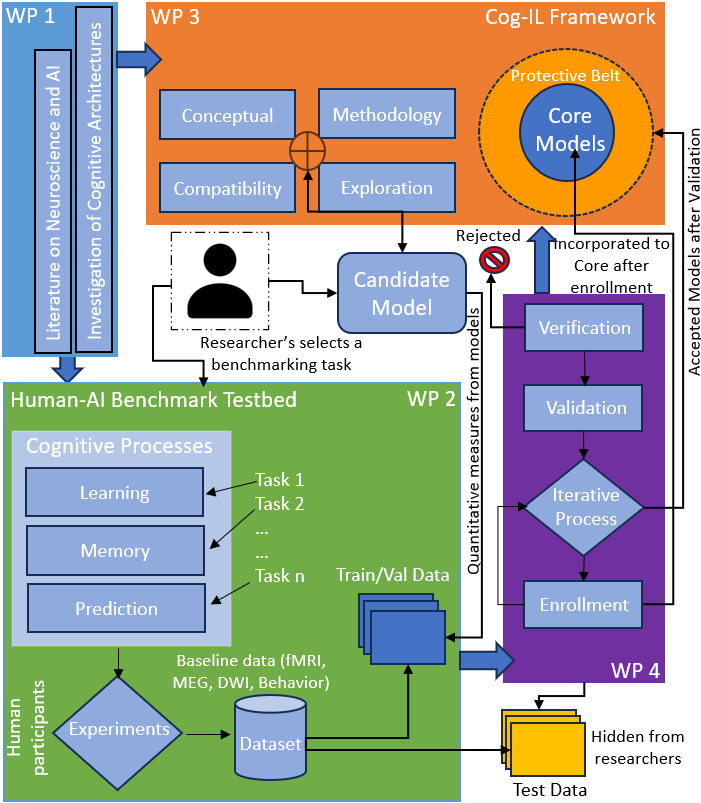NeuroNavX: Intelligent Behavior Exploration through Spatial Navigation (Proposal submitted to Branco Weiss Fellowship 2024)
Abstract: The pursuit of understanding intelligent behavior, spanning neuroscience, artificial intelligence (AI), and cognitive science, raises a pivotal question: Will it culminate in a unified model of intelligent behavior, or will it end up being a large structured space of non-agreeable building blocks? This pivotal scientific question remains unanswered. These disciplines share the common goal of understanding intelligent behavior, yet they often operate independently, functioning in isolation. Recent progress in neuroscience and AI, motivated by dense brain activity recordings and data-driven training, has advanced
intelligent behavior modeling. However, incremental updates within each domain have plateaued, necessitating innovative tools for generating novel hypotheses through unconventional, bridging research to maximize synergistic potential. I posit that spatial navigation can be that innovative instrument, a convergence point where neuroscience and AI unite, significantly advancing our understanding of the human brain. With NeuroNavX, I present a platform facilitating the integration of “core cognitive principles” from multiple researchers into a unified model of human intelligence. NeuroNavX comprises four essential modules: (a) benchmarkinga spatial navigation tasks, (b) corresponding behavioral, fMRI, diffusion weighted imaging (DWI) – based datasets, (c) Cog-IL: A COGnitive Iterative Lakatoasian framework, and (d) verification and validation modules. Collectively, these modules facilitate the iterative development of computational models, serving as a filter to identify and elect models closely corresponding to human behavior. This outcome has the potential to transform AI applications by infusing them with human-like capabilities, augmenting adaptability, knowledge management, and problem-solving across various scenarios, thereby fostering positive societal advancements
